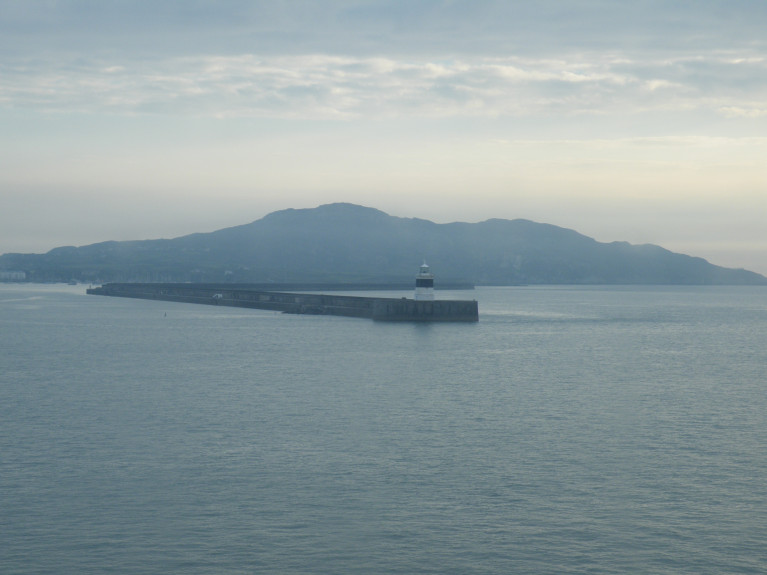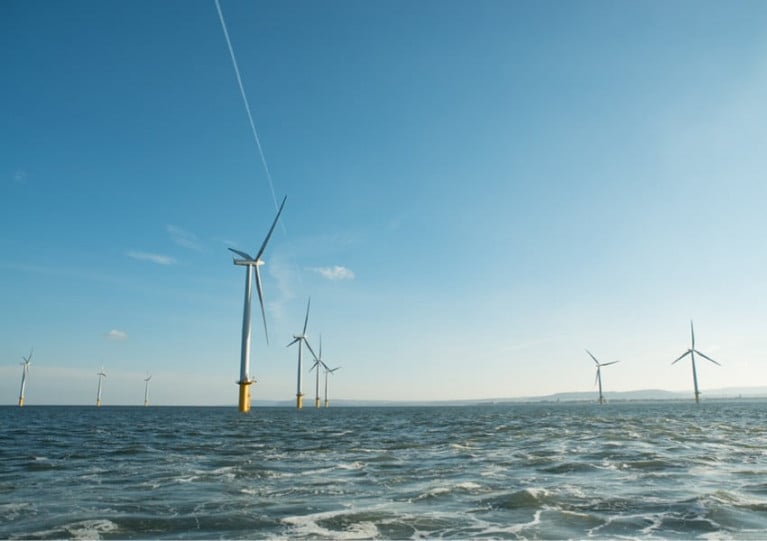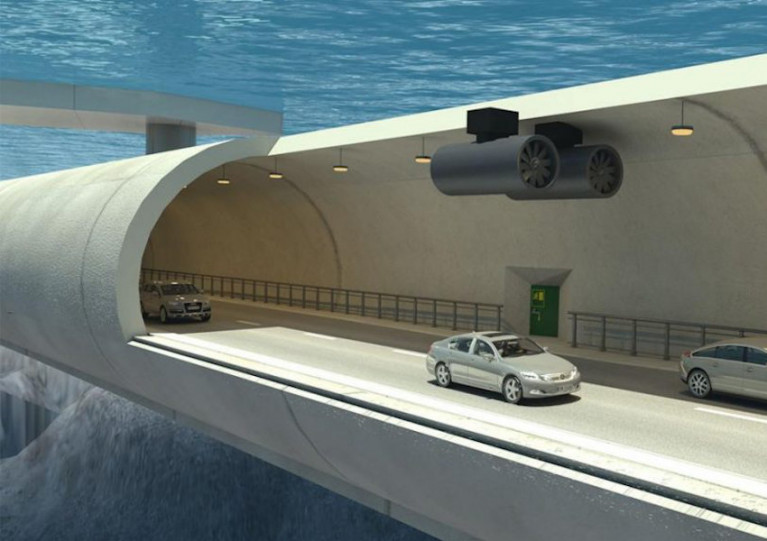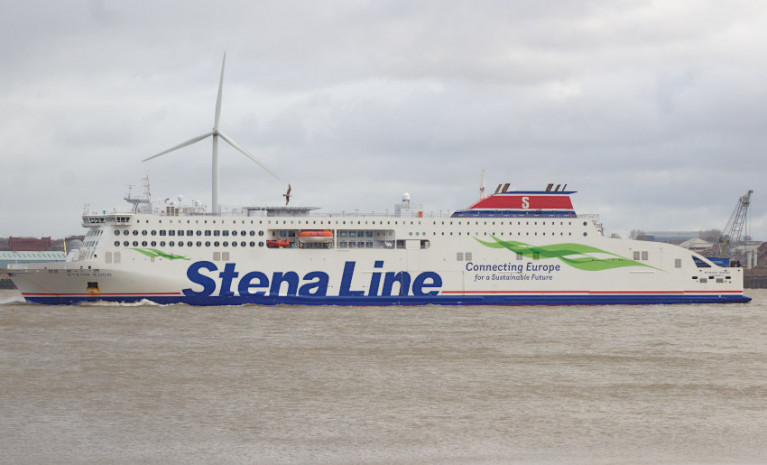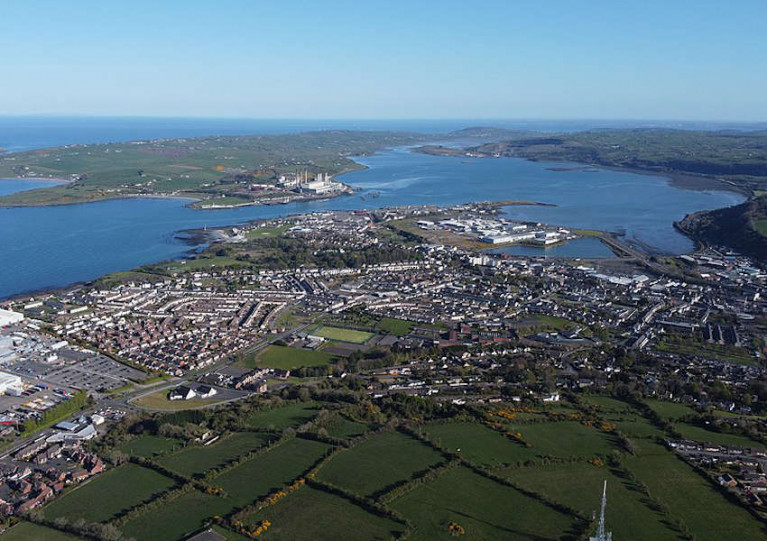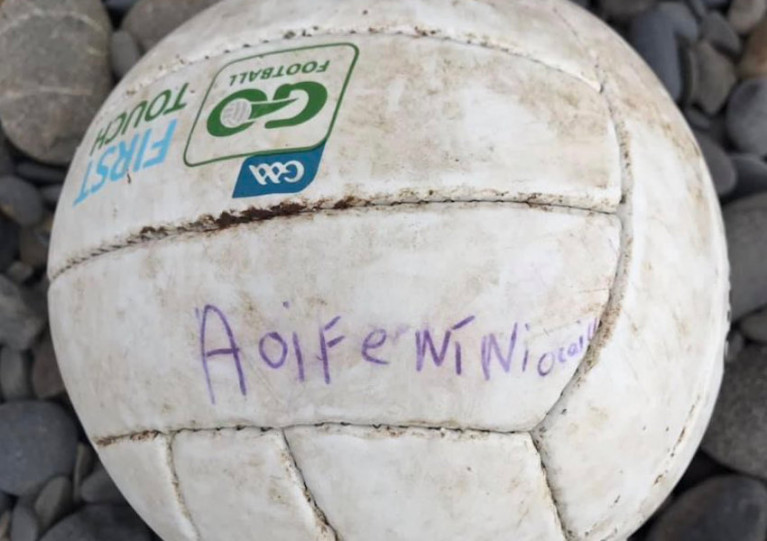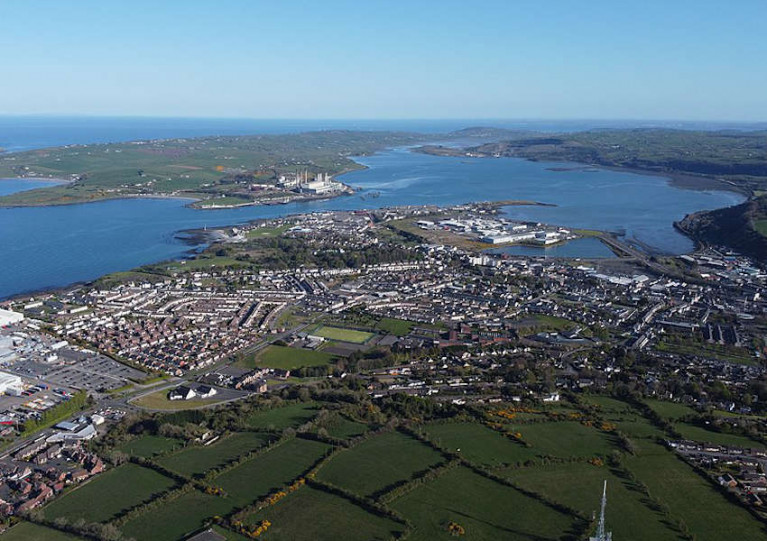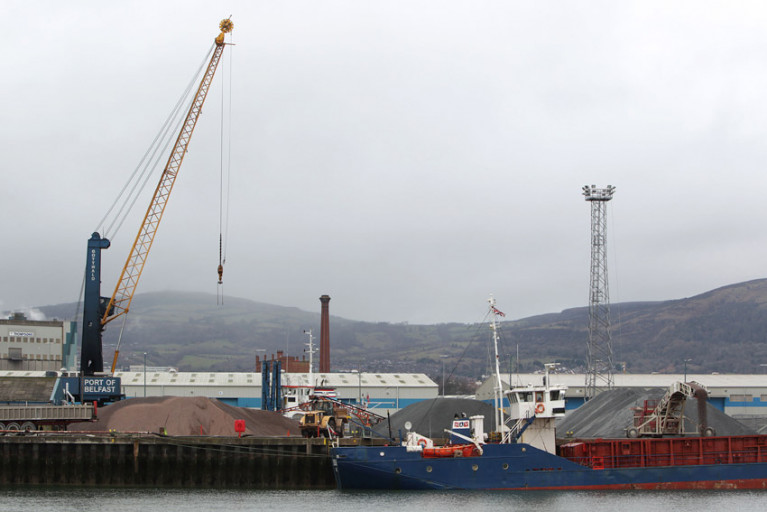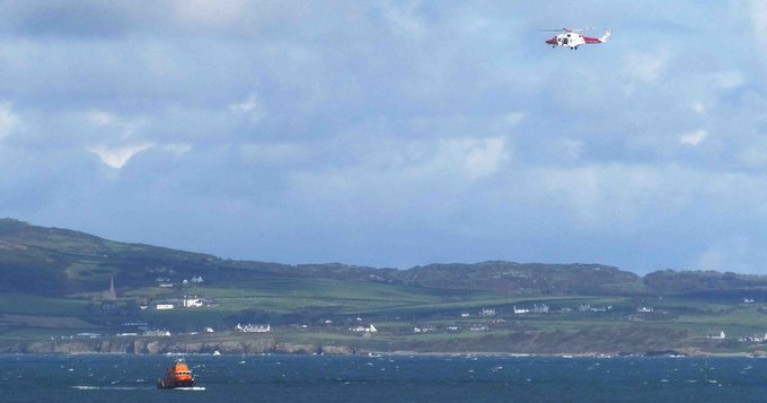Displaying items by tag: irish sea
At a distance of 50-miles, a tunnel under the Irish Sea, connecting Wales and Ireland has been suggested UK Secretary of State for Transport Grant Shapps.
In an interview with the Financial Times, Shapps suggested a tunnel between Wales and Ireland as an alternative to Prime Minister Boris Johnson's scheme to link Scotland with Northern Ireland.
When questioned on the idea of linking Northern Ireland with mainland Britain, he said: "Why not?"
The Daily Express reported that the tunnel could be from Holyhead to Dublin and had been previously been priced at £15bn. It would be twice as long as the Channel Tunnel linking Kent and France (see other story on Irish Ferries).
In the Sunday Times, Political Editor Tim Shipman reported that a feasibility study could be launched in the next few weeks.
NorthWalesLive has more on this story.
Following the recent notice of geophysical surveys for the Codling Wind Park comes news of a series of geotechnical surveys in the Irish Sea off Wicklow for the project set to commence tomorrow, Monday 26 April.
Works to characterise the wind park area will be conducted until Saturday 26 June, weather permitting, from the LB Jill (callsign WDH 6208) on a 24-hour basis. The vessel will display appropriate lights and shapes.
As the LB Jill will be restricted in ability to manoeuvre, all vessels operating within the work area are requested to keep their distance, maintaining a safety zone around the geotechnical investigation vessel, and pass at minimum speed to reduce vessel wash.
Further details including coordinates for the survey works are included in Marine Notice No 28 of 2021, which can be downloaded below.
Geophysical Surveys for Codling Wind Park off Dublin & Wicklow
The Department of Transport has been advised that Codling Wind Park Limited intend to conduct a series of geophysical surveys in the Irish Sea off Dublin and Wicklow from Wednesday 14 April to Wednesday 26 May, weather permitting.
This work is intended to provide options for export cable routes to possible landfall options in the areas of Poolbeg, Dun Laoghaire, Greystones and Wicklow.
A total of two vessels will be working on the project. Arctic Ocean (callsign OZGP2) will undertake geophysical operations to characterise the export cable sites (weather permitting). Survey operations will be conducted on a 24-hour basis.
Meanwhile, Faraday (callsign MJZX5) will undertake geophysical operations (weather permitting). Survey operations will be conducted on a 12-hour basis.
Throughout survey operations, the vessels will be displaying the appropriate lights and shapes. As both vessels will be towing survey equipment, they will also require large turning circles and will be restricted in their ability to manoeuvre.
All vessels operating within the work area are requested to keep their distance, maintaining at least the 500m safety zone around the survey vessel and pass at minimum speed to reduce vessel wash.
Further details including coordinated and contacts are included in Marine Notice No 21 of 2021, a PDF of which can be downloaded below.
Two ex-presidents of the UK’s Institution of Civil Engineers (ICE) have been tasked with carrying out a study on the feasibility of an Irish Sea crossing between Britain and Northern Ireland.
As industry publication New Civil Engineer reports, Douglas Oakervee and Gordon Masterson have been charged by British Prime Minister Boris Johnson with evaluating the various proposals.
These include an “underground roundabout” beneath the Isle of Man that would connect separate tunnels Northern Ireland, Scotland and England — an idea inspired by a similar project in the Faroe Islands.
Another proposal for a Northern Ireland-Scotland tunnel suggests that it could help create a new “capital cities axis” stretching from Dublin to Edinburgh.
The possibility of a road-rail link between Northern Ireland and mainland Britain returned to the agenda earlier this year following Brexit, with one of the options mooted being a a “floating underwater tunnel” along the sea bed, as previously discussed by our own WM Nixon.
A child has been airlifted to hospital in Liverpool from a ferry in the Irish Sea after what’s been described as a “serious medical emergency”.
The Irish Mirror reports on the incident in the early hours of yesterday (Wednesday 17 March) in which the youngster was taken ill on board the Stena Line vessel Stena Edda near the Isle of Man, while en route from Liverpool to Belfast.
Belfast Coastguard coordinated the emergency medevac response which saw the search and rescue helicopter from Caernarfon in Wales attend and airlift the child and three family members to Alder Hey Children’s Hospital.
NI’s Agriculture Minister has cited “practical difficulties” with the Northern Ireland Protocol in his decision to order a halt on construction of post-Brexit port inspection facilities.
According to Politico, acting DAERA Minister Gordon Lyons has also told NI ports not to levy charges on goods brought into Northern Ireland from Great Britain.
However, the order issued yesterday (Friday 26 February) does not apply to checks at existing infrastructure repurposed for the new trade regime since the end of the Brexit transition period on 31 December 2020.
Lyons’s party the DUP is currently mounting a legal challenge to the Northern Ireland Protocol, which places a de facto trade border in the Irish Sea between GB and NI.
Politico has more on the story HERE.
Football Lost Off Waterford Beach Makes Landfall in Wales a Week Later
A family in Waterford got a big surprise at the weekend when they learned a football they’d lost in the water was found on the Welsh coast.
As the Irish Examiner reports, Aline Denton was walking on the shore near her Llanrhystud home when she spotted the ball bearing the distinctive GAA logo and the name Aoife Ní Niocaill.
After posting the discovery on her Facebook page, it took on a life of its own — and within hours Aoife’s father has spotted the image and got in touch.
He informed her how the ball had been lost as the tide turned off Woodstown beach on Sunday 10 January.
In the days since, it turns out it had been carried across St George’s Channel and the Irish Sea to the shores of Cardigan Bay.
The Irish Examiner has more on the story HERE.
Larne Harbour To Get Post-Brexit Facilities for Checks on GB Imports
Larne Harbour is set to get dedicated facilities for post-Brexit checks on imports of food and livestock from Great Britain later this year, as the Belfast Telegraph reports.
Currently a team of 12 environmental health officers are working “24/7, in a 365 role on 12-hour shifts” checking documentation on goods shipping across the Irish Sea border established by UK Prime Minister Boris Johnson’s last-minute trade deal with the EU.
The new infrastructure, expected to be in place by September, will allow for physical checks on food imports as well as live animals such as horses as they arrived into Northern Ireland from other parts of the UK.
Meanwhile, veterinarians in Northern Ireland have been helping businesses fill in the required forms to trade across the Irish Sea.
Speaking to a Stormont Committee, NI’s chief vet Dr Robert Huey said his staff have had to help “overwhelmed” hauliers fill in food standards and customs paperwork to comply with the new regulations.
BBC News has more on the story HERE.
Checks For Northern Ireland Protocol Set to Go Ahead Even Without Facilities at Ports, Stormont Committee Hears
Brexit checks on goods crossing the Irish Sea should be “operational effective” on 1 January even if customs facilities at ports are not yet on the ground.
That was the message from a senior Stormont official who gave evidence to the Executive Office committee yesterday, Wednesday 21 October, as TheJournal.ie reports.
“If buildings aren’t fully complete then that doesn’t stand in the way of there being effective checks,” said Andrew McCormick, Stormont’s lead official on EU exit.
Extra checks will be required on animal-based products entering Northern Ireland from Great Britain under the terms of the Withdrawal Agreement.
As previously reported on Afloat.ie, the EU is seeking to have 15 customs and veterinary staff working alongside UK officials at ports of entry to ensure the proper implementation of the Northern Ireland Protocol.
However, officials warn that the new physical infrastructure needed will not be ready by the end of the Brexit transition period on 31 December.
TheJournal.ie has more on the story HERE.
Search for Irish Ferries Crew Member Called Off
On the Irish Sea a major air and sea search for a missing ferry crew member who disappeared during a voyage has been called off.
Aircraft and boats, reports NorthWalesLive, have been involved in a major overnight operation to try and locate the 44-year-old Polish national after he vanished during a journey from Dublin to Holyhead.
The search began on Monday evening and continued through to Tuesday afternoon, but so far, he has not been found.
A coastguard statement issued on Tuesday morning said: "At 9pm Monday 5th October, Holyhead Coastguard Operations Centre received a report of a missing crew man from a ferry on passage from Dublin to Holyhead and launched a wide scale search."
It involved Porthdynllaen RNLI lifeboat, the Holyhead RNLI all weather lifeboat and inshore lifeboat, Moelfre RNLI lifeboat, HM Coastguard's fixed wing aircraft and the rescue helicopter from the Irish Coastguard as well as North Wales Police for port and vessel searches.
Much more details on the SAR can be read here.



























